The world of bamboo is vast and fascinating. With so many varieties, so many uses, and so much to know about this remarkable plant, we never seem to run out of questions, as well as myths and misconceptions.
So let’s cut to the chase and answer 12 of the most common questions about bamboo that we hear all the time from our readers and customers.
1. Why is bamboo called a grass?
Botanists classify bamboo as a grass because of its perennial, flowering, monocotyledonous growth habit. Like all grasses, bamboo has stems (called culms) that are mostly hollow except at the nodes. It grows with leaves that form a sheath around the stem, these are called culm sheets. A bamboo culm reaches its full height in a single season, unlike trees which grow taller each year.
The grass family, Poaceae, includes about 12,000 species, with approximately 1,500 species of bamboo belonging to around 100 different genera. Many of the grasses we are most familiar with are annuals, such as rice, corn, wheat and other grains, which flower, go to seed, and die in a single year. But all varieties of bamboo are perennial, meaning that they live on year after year, more like a tree. Many other ornamental grasses are also perennial, such as fescue and pampas grass.
2. Which bamboo is non-invasive and easy to contain?
Most bamboos propagate themselves with underground roots called rhizomes. We call these types of bamboo “runners” because of how the rhizomes spread quickly and aggressively. Other varieties of bamboo have a more compact growth habit and we call them “clumpers”. All species of the Bambusa genus are clumpers, including the very popular Oldhamii. Alphonse Karr is another popular clumper.
For more suggestions, check out these articles on the 10 Best bamboos for your garden and The best clumping bamboos. We also have an article on How to contain and control your bamboo, because even the clumping varieties will spread over time.
3. Which bamboo grows the fastest and tallest?
Bamboo is famous, in some cases infamous, for how fast it grows. Some varieties can grow up to two feet a day, but that’s under optimal conditions (usually in the tropics) and only during the growing season. The genus Phyllostachys includes some of the most vigorous species of running bamboo. Moso bamboo (Phyllostachys edulis) is very important in China, and it famously grows up three feet and day to reach 100 feet in height.

Phyllostachys aurea, or Golden Bamboo, is one of the fastest-spreading varieties of bamboo. It only grows about 10 to 20 feet tall, but its roots are notoriously vigorous. So be careful with this one. Dwarf bamboos, which might only grow a few feet tall, can also spread very rapaciously. Consider the genus Sasa or the genus Sasaella.
The tallest and thickest varieties of bamboo are generally referred to as timber bamboo; some are runners and some clumpers. Phyllostachys vivax and Bambusa oldhamii are among the most popular timber bamboo. Dendrocalamus sinicus, a tropical clumping variety, is the tallest bamboo of all, reaching heights well over 100 feet tall.
Keep in mind, bamboo does not grow like a tree. Because it’s a grass, bamboo achieves all its height in a single growth spurt. In the subsequent years, individual bamboo poles won’t grow any taller, but they will continue to produce new leaves and branches.
4. What species of bamboo is Lucky Bamboo?
Sorry to burst your bamboo-loving bubble, but Lucky Bamboo is not actually a bamboo at all. Rather, it is a species of the temperate houseplant, Dracaena. But don’t fret, almost all varieties of bamboo are lucky by their very nature!
You can read our article on Dracaena sanderiana for more details.
5. Will bamboo grow in Canada and cold climates?
Good news! Even if you live in Canada, Minnesota or the heights of the Rocky Mountains, you can find an assortment of cold hardy bamboo species that will thrive in your area. The most cold-hardy varieties belong to the genus Phyllostachys (running bamboos) or the genus Fargesia (clumping bamboos).
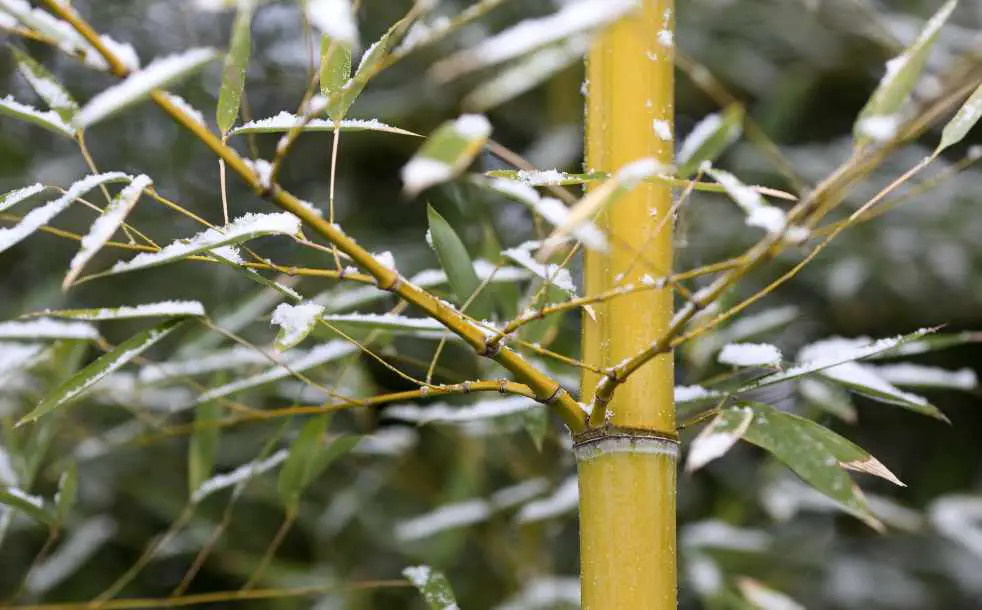
Definitely take a look at our article on the Best cold hardy bamboos. You can check your local nursery, or you may want to order specific varieties of bamboo online.
6. Will bamboo grow indoors?
Generally, bamboo does NOT grow well indoors. Being a grass, bamboo requires a lot of fresh air and sunlight. Some bamboos prefer shady places in the garden, but not inside the house. You can keep bamboo in a sunny window for a few weeks, maybe even a few months, but it will not thrive. Whiteflies, spider mites and other pests can become a problem. If it has to be indoors, better to stick with Lucky Bamboo. (See above.)
7. Why is bamboo eco-friendly?
Bamboo’s incredible rate of growth and self-propagation makes it an incredibly renewable and sustainable resource. And its versatility makes it an ideal substitute for timber, cotton, even steel. Unlike most crops, bamboo grows naturally in dense “mono-crop” settings without the need for pesticides and fertilizers. Furthermore, an area of bamboo can produce 35 percent more oxygen than the same area of trees, making it an excellent remedy for carbon pollution.
8. Can you eat bamboo?
Absolutely. Asians have been enjoying the nutritional benefits of fresh bamboo shoots for thousands of years. Not every species of bamboo has tasty shoots, but a few of the more popular edible varieties are Bambusa oldhamii, Phyllostachys edulis, and Phyllostachys bambusoides.
To learn more about the history and nutrition of eating bamboo, you can read our article on Edible bamboo shoots.
9. What kind of bamboo do pandas eat?
There are roughly 40 different species of bamboo that make up the diet of the giant panda bear. None of these includes Moso bamboo, which is the Chinese variety used most widely for commercial purposes, including bamboo clothing and bamboo flooring.
10. When does bamboo flower?
Different species of bamboo have different flowering schedules, which can vary dramatically. Many varieties only flower once every hundred years or so. Interestingly, in many cases, almost every specimen of given species, anywhere in the world, will flower at the same time when the blooming cycle comes around. In some cases, the bamboo will die after flowering. Because bamboo typically propagates itself by spreading its roots, the flowering is not so important for survival the way it is with other plants.
Take a look at our article on Bamboo flowering to learn more about this fascinating process.
11. Can you grow bamboo from seeds?
Bamboo can be grown from seed, although it’s not the standard practice. It’s much easier to propagate bamboo by taking root cuttings and dividing established clumps. To grow bamboo from seed is more of a novelty for real bamboo and botany enthusiasts. Growing from seed can result in a slightly different strain, rather than the identical copy you get from a cutting.
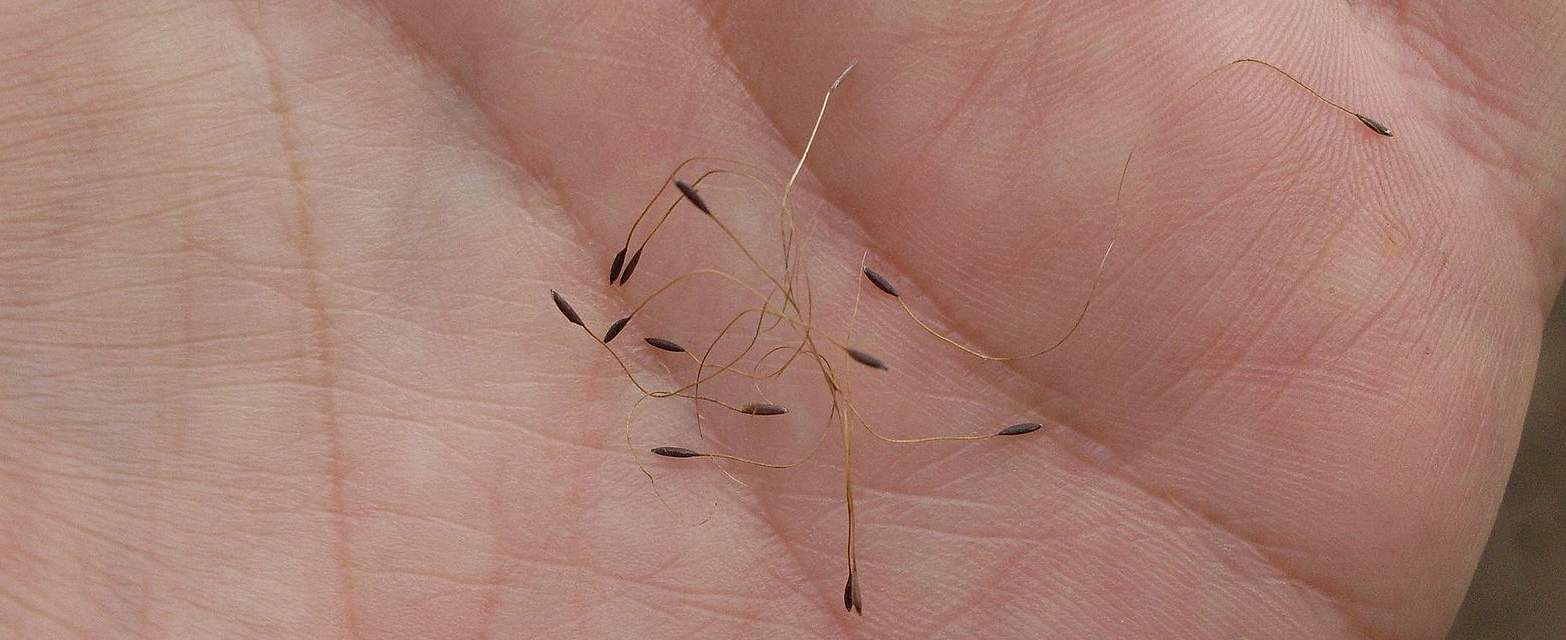
12. What’s so great about bamboo clothing?
Bamboo has gained increased attention in recent years with the advent of bamboo clothing and textiles. The benefits of bamboo clothing are almost too numerous to list. To begin with, bamboo’s tenacious growth habit makes it incredibly renewable and sustainable. As mentioned above, bamboo grows quickly, requires no pesticides and herbicides, and needs no replanting after harvesting. This is in sharp contrast to conventional cotton which is extremely pesticide-intensive.
In addition to the ecological advantages of bamboo, anyone can easily feel the difference when they handle a luxuriously soft bamboo t-shirt or bamboo bath towel. Not only is bamboo fabric soft, but it has antimicrobial properties that make it hypoallergenic and resistant to odors. You will also discover the temperature regulating qualities when you wear a bamboo shirt or sleep on a set of bamboo sheets — warm in the winter, cool in the summer!
Take a look at our detailed article on Bamboo Clothing to learn more.
Further reading
To learn a great deal more about bamboo, check out these inquisitive articles:
- What’s so great about bamboo?
- Myths and misnomers about bamboo
- 7 Tips for growing healthy bamboo
- Bamboo terminology and vocabulary
- Growing Bamboo: The complete how-to guide
- The best bamboo varieties for construction
- Can I grow bamboo in water?
- Is all bamboo hollow?
- How fast does bamboo grow?
Photo Credit: David Clode (Unsplash)
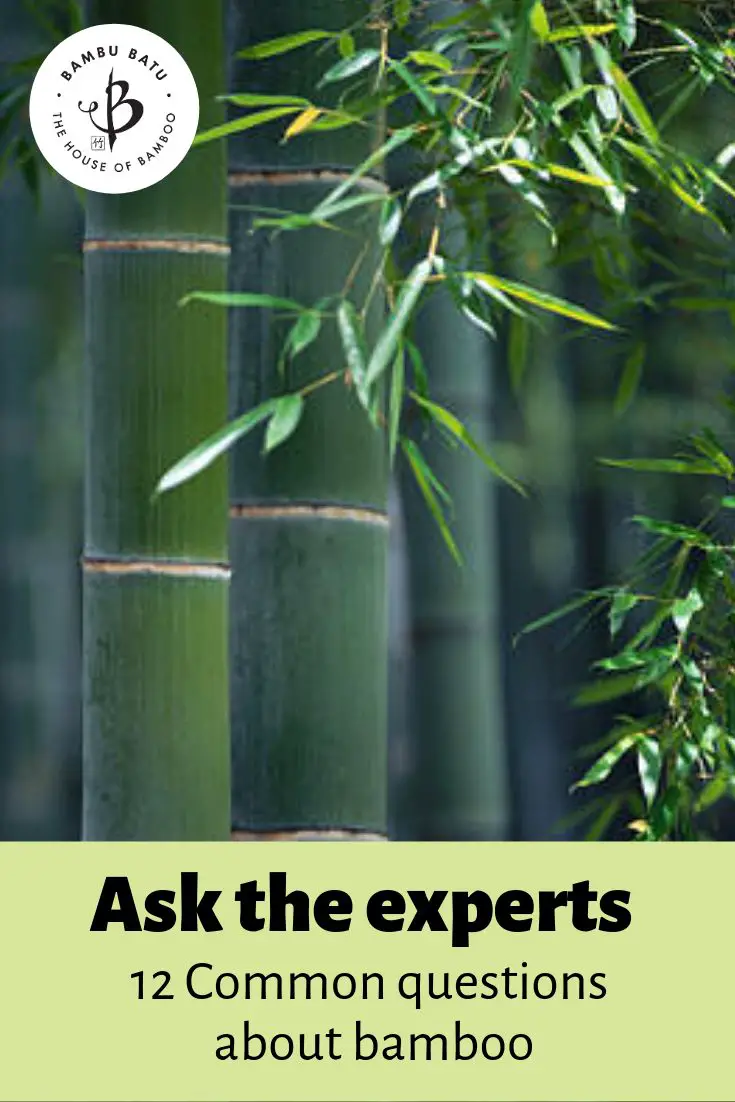
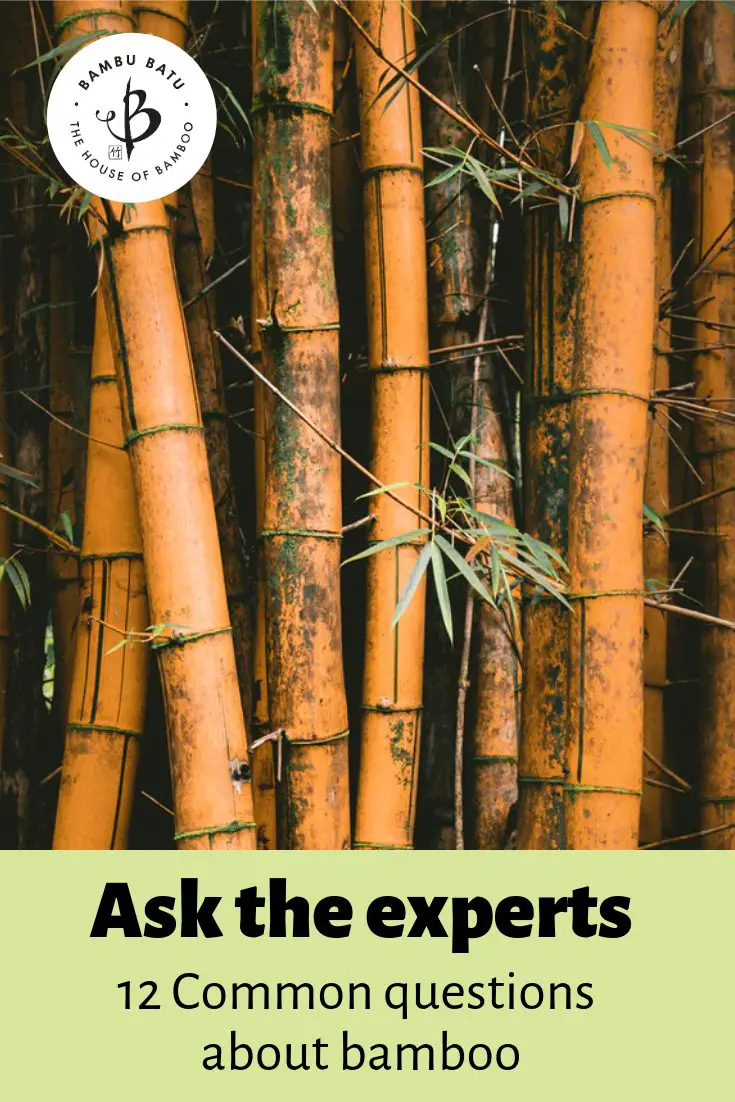
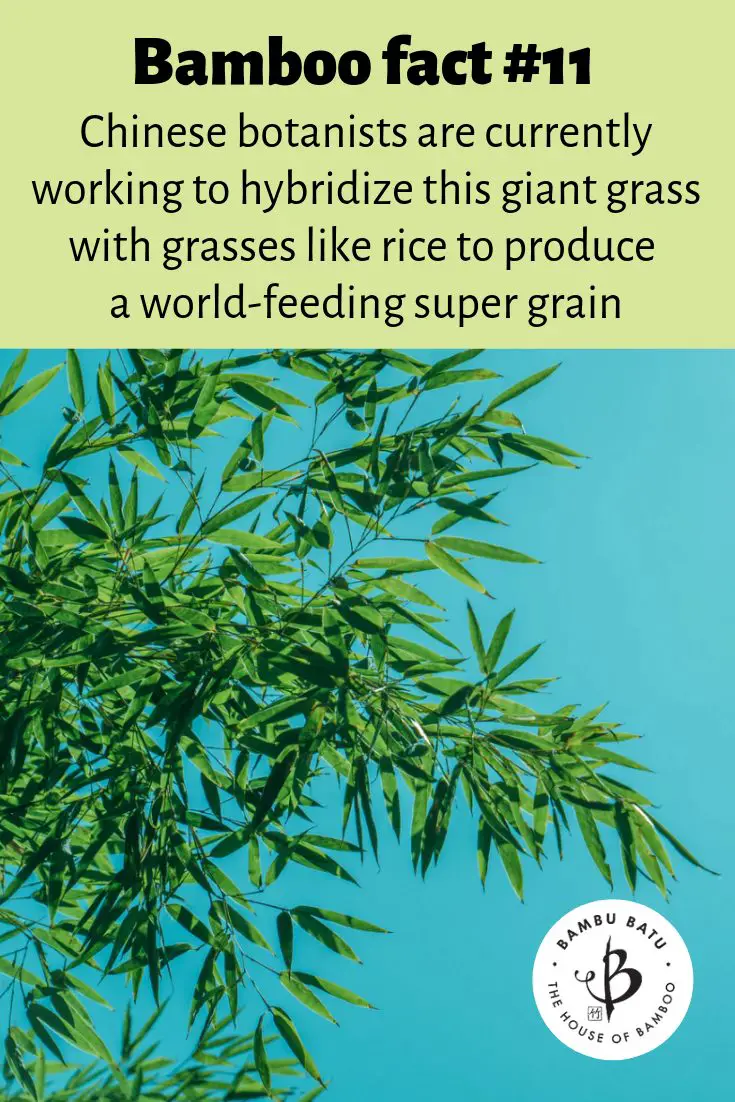
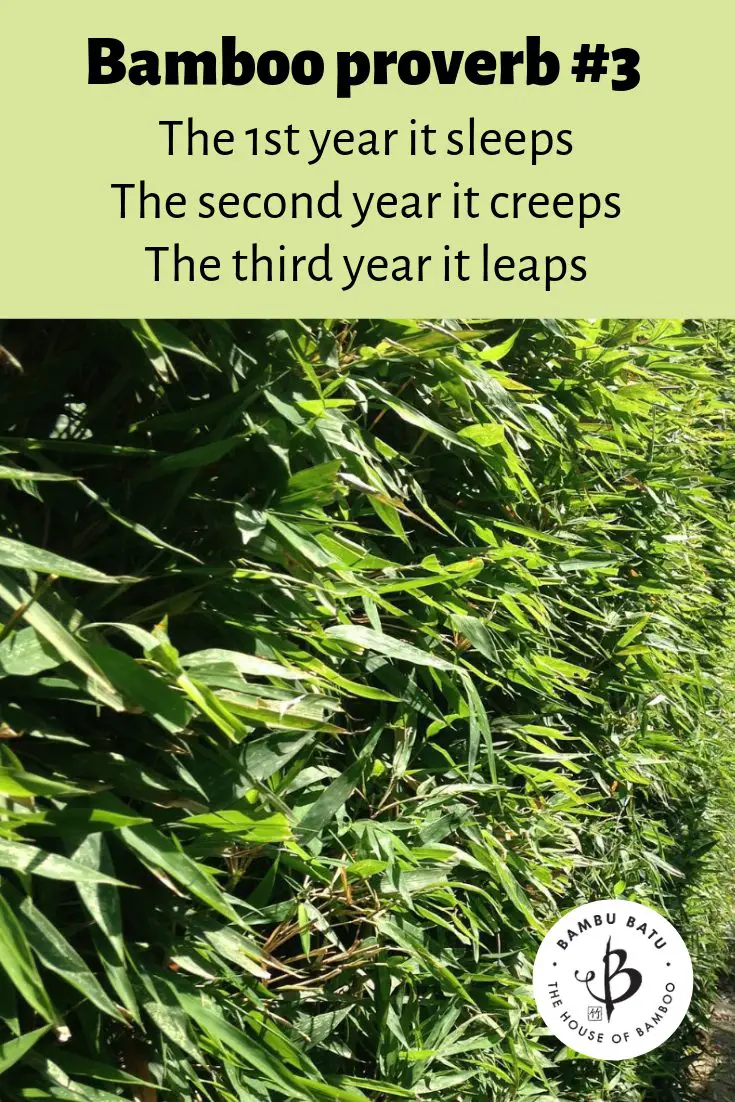
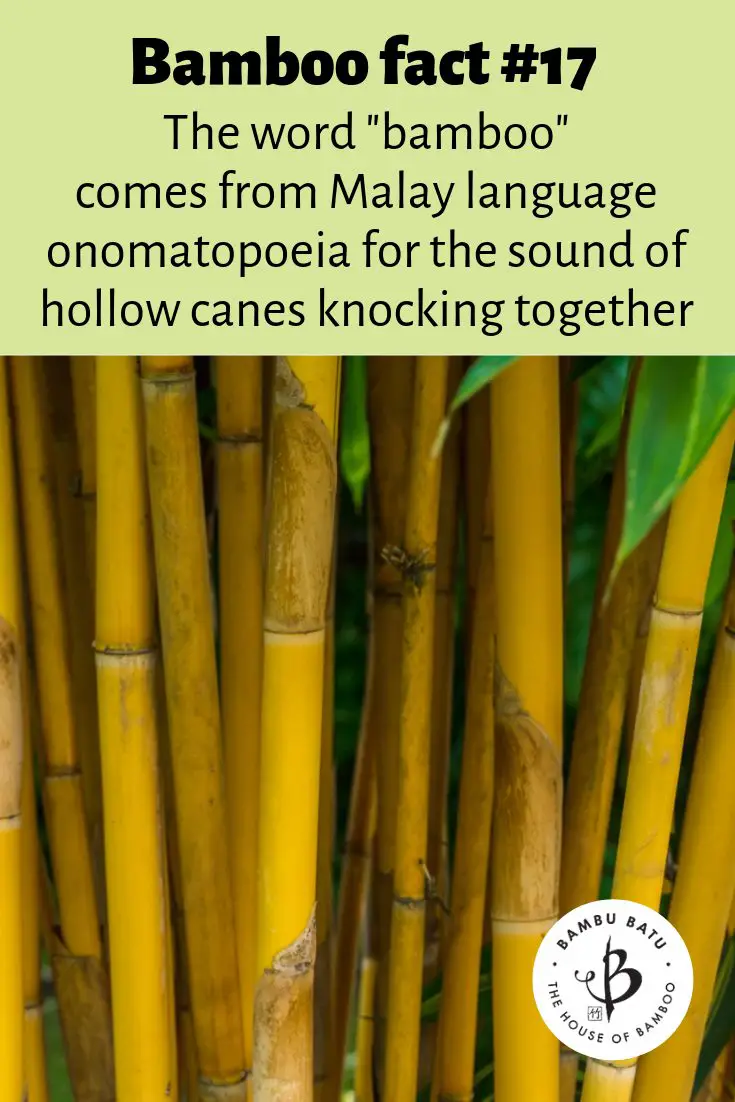
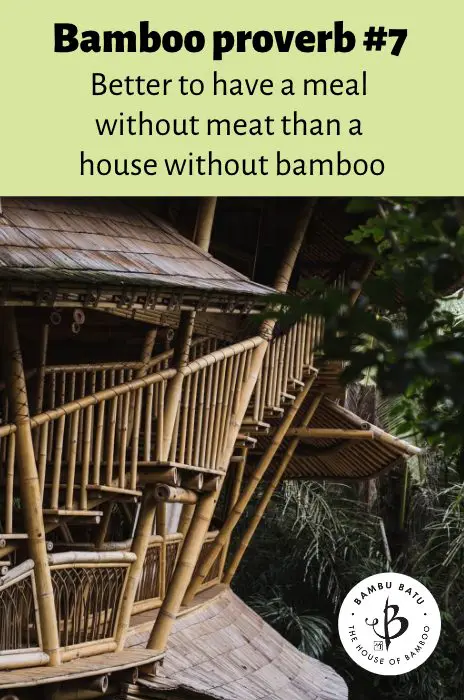

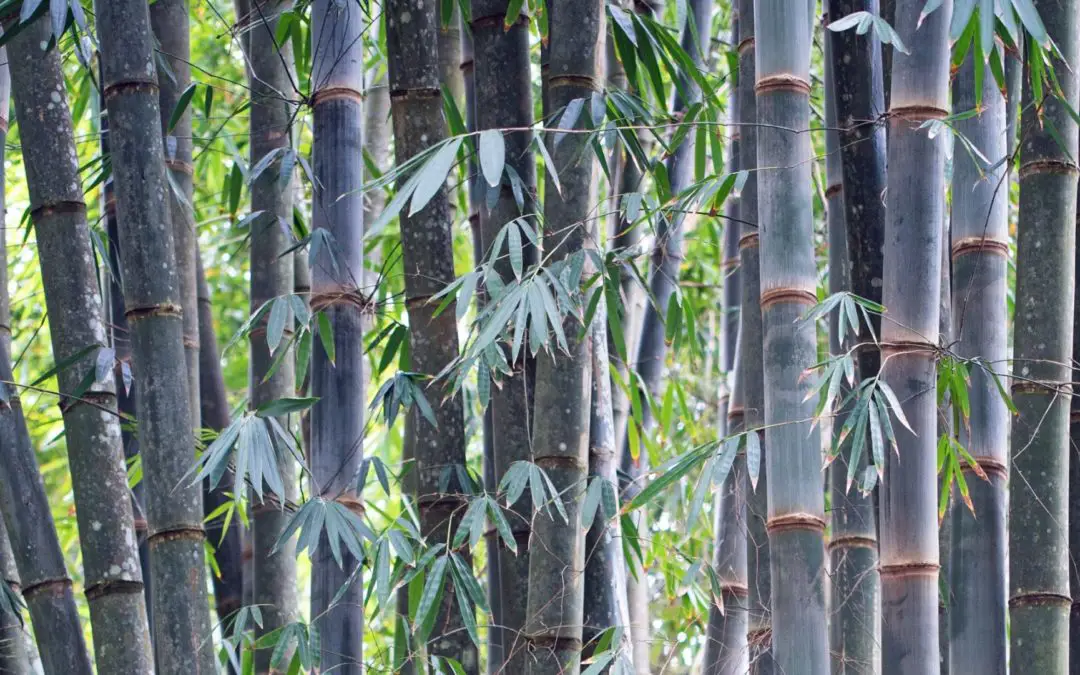
























Please could you tell me why my golden bamboo has black stems coming through. It is not a black stem bamboo and this has just started happening. We have had it in a pot for a few years and this has just started happening.
Thank you
Golden bamboo is a running type, and if it’s been in the same pot for a few years, then it’s overdue for a transplant. Try dividing the rootball into 3 or 4 pieces and repotting them. Add fresh potting soil with good drainage, and you should have some healthy plants on your hands. If you don’t need that much bamboo, you can always give a couple transplants away as housewarming gifts or something.
Hi, when transplanting giant timber bamboo to a larger container does the root mass need to be broken up? I bought a very rootbound one in a 15 gal container and moved it to a 35 gal. It’s definitely suffering. The new soil around the outside of the root ball remains very moist to wet and the root ball is staying quite dry. What should I do now? 🙁 I’m afraid anything more I do will be detrimental. Thanks very much.
That can be tricky. When it’s rootbound like that, the bamboo can’t really get the water it needs. The rhizomes have hit the side of the pot and then turned back on themselves in knots. The best thing to do at this point is to divide the root mass into 2 or 3 pieces. You may need a power saw, and you might lose a couple culms. But you should end up with 2 or 3 healthy plants by springtime. Do this asap since you say that it’s clearly suffering.
Oh boy.. now I’m super concerned about doing anything because it’s so damn hot. I have realized that the new soil is staying wet and the root ball is drying out quickly. I’ve got some moisture meters in there now. I’m afraid I’m not gonna be able to do anything that drastic chainsaw wise. I’m scared to even take it out of the pot again!
All my other bamboo plants are perfectly gorgeous and healthy. I didn’t realize what was going on when I bought this giant timber.
Thank you so much for your reply! Maybe I can coordinate an evening time and get some help when it’s not blazing hot.
What type of bamboo is no more than 12 inches tall?
Hey Jim, Great question. Genus Pleioblastus has some of the smallest dwarf bamboos. Pleioblastus Distichus ‘Mini’ only gets about one foot tall. If you’re into bonsai, Phyllostachys aurea ‘Waminita’ can also be kept very small.
I am growing Bambusa multiplex as an ornamental hedge in Houston, Texas. This past winter we had an extreme freeze for our area (-11 celsius). The bamboo defoliated but now is leafing out at the nodes. However all the new growth from the base displays highly variegated (green and white) leaves. What is the cause of this? I can supply photos if needed.
That was some crazy weather this year. No doubt the bamboo in Texas underwent some shock and stress, which can make the plants do strange thing. There are several subspecies of B. multiplex, and many of them have stripes on their leaves or their culms, so the cold stress must have triggered this latent characteristic. I’d love to see some photos.
The house we moved into 5 years ago has a stand of bamboo that has been there for many years we were told. All has been well until now. There are some with blackened stalks. Some have turned yellow and wilted. Some have holes in them. Most all of the new shoots have died. Please advise. I really don’t want to lose my bamboo!
Sounds bad! Start by cutting out all the dead and diseased-looking culms. Then take a close look at the soil. Make sure it’s not water-logged. Soggy soil will kill the bamboo. Make sure your neighbors aren’t doing any sabotage. (Beware of bamboo haters!) If all else looks ok, try adding some organic compost or manure and a layer of mulch.
Please tell me what kind of bamboo this is. It’s a house plant,
stalk is bigger than the common ones, and the joints/circles
around the stalk are much closer together.
It’s probably some variety of Dracena.